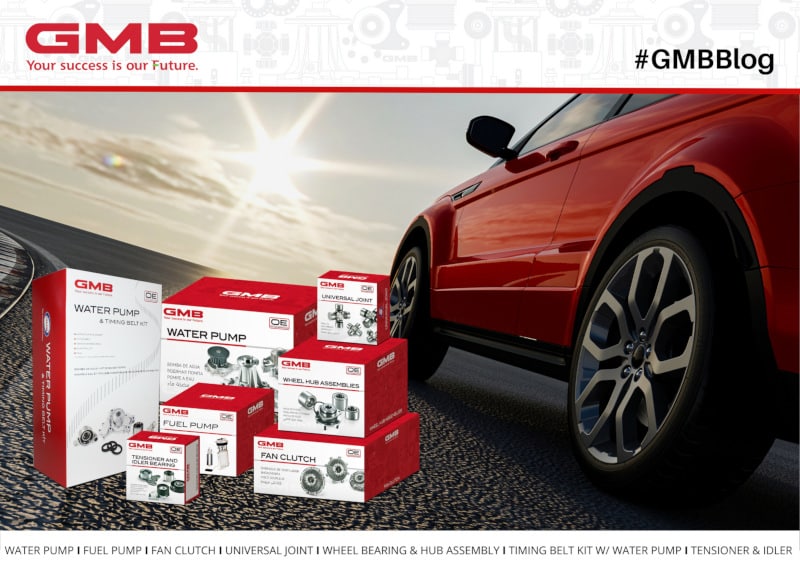Three Things Most Technicians Don’t Know About Coolant Testing
If a customer’s coolant hasn’t been changed in a year or in the past 20K miles, then a coolant test is in order.
There are several ways to test the quality of the coolant. You want to see if:
- The coolant is clean
- There’s enough coolant still in your engine
- The coolant’s protection level is still adequate (not too diluted by water)

Technicians check the cleanliness and the coolant levels simply by visually inspecting it. Testing the coolant’s protection level is slightly more complicated. Commonly, technicians use one of the following to test the coolant’s protection level:
- Litmus paper: Test strips that measure the pH level of the coolant to see if the water/antifreeze mixture is still ideal
- Refractometers: A handheld device that measures the concentration of antifreeze in the coolant. It does this by reading the amount of light shining through the coolant.
There are a few things to keep in mind about the most common coolant testing methods:
1. Litmus Paper Testers Don’t Tell the Whole Story
While litmus paper can tell you how acidic the coolant is, it doesn’t tell you anything else. When you test coolant with litmus paper, you’ll find out whether the water/antifreeze mixture is correct. But you won’t know whether the coolant has lost its ability to prevent corrosion, or if the coolant is contaminated with something else.
2. Refractometers Aren’t Always Accurate
Refractometers look like fancy tools, but they’re actually not always accurate or easy to use. For example, a refractometer might not generate the right reading if it’s being tested on dirty coolant. Dirt and other contaminants can make it appear that the coolant mixture has enough antifreeze when it’s really not the case.
3. Both Testing Methods are Limited
Both litmus paper and refractometers are limited. They can’t accurately assess corrosion resistance, heat capacity, etc. They also don’t tell you if the right coolant is being used in the engine.
When in Doubt, Flush the Cooling System
Sometimes coolant will pass the tests, but you may be thinking it should be replaced due to age or other factors. If so, it’s a good idea to replace it anyway. An ounce of prevention is worth a pound of cure. Running bad coolant through the engine can:
- Cause corrosion in the water pump, radiator, hoses, and more
- Make the engine overheat due to inadequate cooling
- Make the engine susceptible to freeze damage in cold climates
MORE CONTENT
Stay current!
Sign up here to get the latest news
and updates on all things GMB.
Sign Up To Receive GMB News & Updates!

